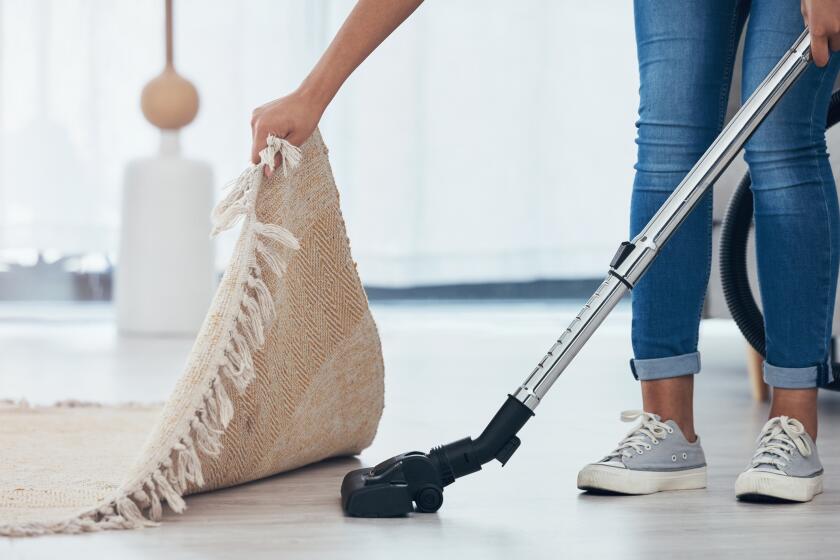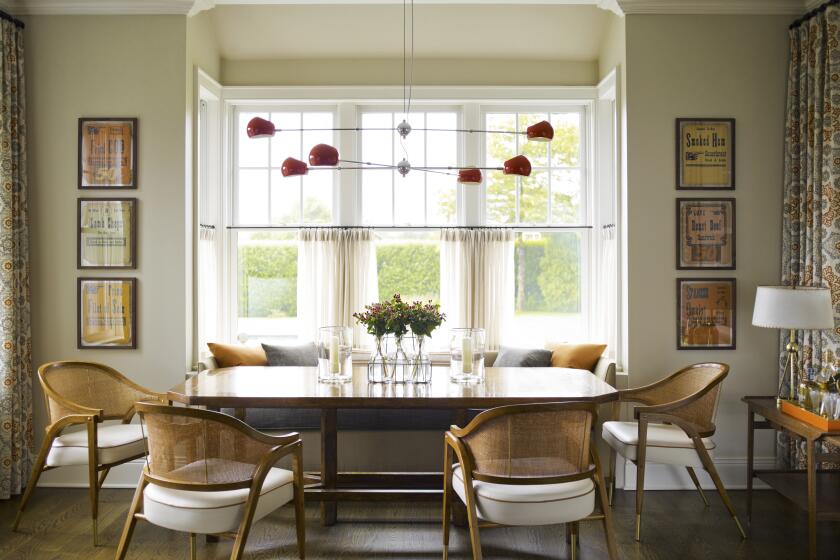How to display your prized possessions in a memorable way
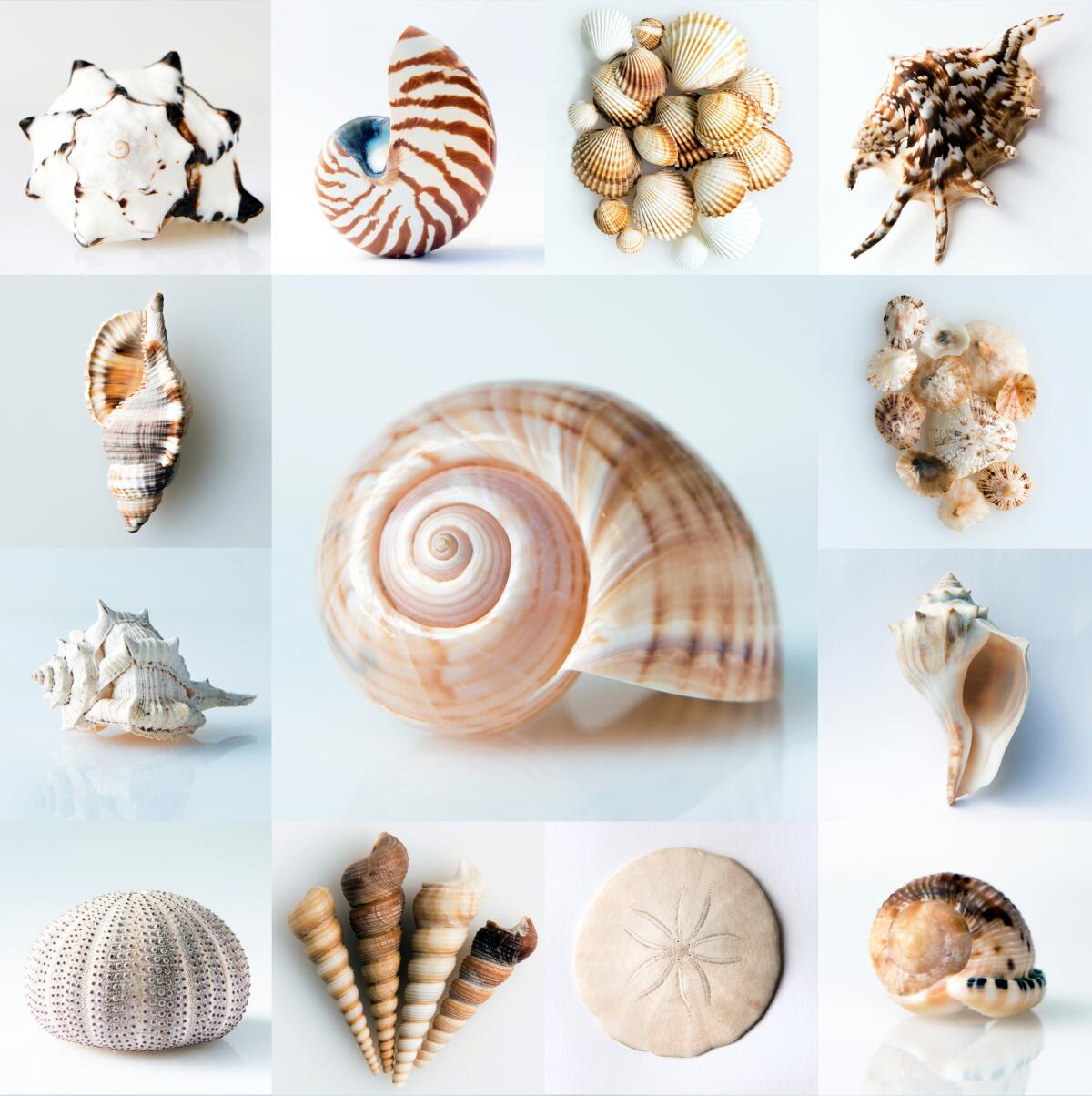
Whether classic or quirky, a collection can add a sense of passion and touch of personality to a home
Shells. Hats. Teapots. Snow globes. Cartoon lunchboxes. Any one of these items has pretty much nothing to do with the other. But gather several of any one of them and you have a collection — and a collection you can creatively display in your home. But there are strategies for doing this that can keep your collection from looking like a haphazard mess or, worse, like you’re a hoarder.
Designer Tina Kuhlmann of Primrose Design said that the first thing she does when working with a client who has a collection is assess how they feel about it.
“Is this Grandma’s spoon collection that I just need to keep for posterity and I feel guilty throwing it away, or is it something you really want to see every day because it gives you warm fuzzies?” she said. “I usually start out by asking my client to tell me what it means to them and why they have it, so we can integrate it into our overall design.”
She pointed out that there’s a difference between wanting to have a well-organized collection of beautiful copper pots that don’t need to be seen daily — in fact, they should be kept out of the light to stay pristine — and a collection, like decorative salt and pepper shakers, that can be staged as art.
Around a dozen years ago, she had a client who had an epic collection of salt and pepper shakers that came from her great-grandmother.
“There were some really funny little creatures and critters,” Kuhlmann recalled. “In that case, we wanted to display them in narrow depth glass cabinets. We also do that for high-end china, like Staffordshire or Meissen.”
Amala Raj Swenson of Amala Raj Interiors said her first step is taking in the size of the collection, because if someone has a collection of 10 small pieces versus 50, it’s a huge variation and alters how you’d approach the project.
“After that, it’s prioritizing with the client what their favorites are,” she said. “Maybe some are duplicates — you’ve collected multiples of the same item — and you can weed out what should be displayed. Then, it’s a matter of deciding if we want it to be something you have to be able to touch and feel, or something you can just look at from a distance.”

For instance, you might want to put a collection of antique handkerchiefs in a shadow box but display Yixing teapots on open shelves that are accessible for use — unless they’re so valuable that they’re for viewing only and need protection from damage.
As the curator of your collection, you should also identify what room would best show off your collection, determine how you want your artifacts displayed — framed, hung on a wall, placed on shelves, lined up in front of a paint color to unify them, grouped with other related pieces, and so on. And you, the curator, need to be willing to edit and perhaps rotate pieces from a large collection.
Raj Swenson, for example, had a client with a large vinyl record collection.
“What we did was, instead of putting album covers or sleeves in a traditional picture frame, we did almost a floating look with plastic L-shaped brackets. The covers sat on the brackets, so they looked like they were floating,” she explained. “In the center we left two spaces above the brackets blank and those would be what we called the rotating collection, so whatever was being played on the record player could be displayed.”
A search on the Pinterest app can yield ingenious ways of displaying collections. Kim of Tidbits & Twine, for example, shared an image of a worn urn filled with decorative French country knives. There’s another photo of shelves of vintage clocks of different styles and sizes, unified by their round shape — all jammed together — while another shows small vintage clocks stored like jellybeans in a large glass jar. A group of more than a dozen antique magnifying lenses are grouped together on a wall, hanging by their long handles. Antique wood hangers of varying shapes hang from one another against a wall. Got Grandma’s thimbles? You could drizzle them into a wine glass. Or do the same with small seashells from your travels.
Retailers like Etsy, Michaels and Overstock carry a variety of display cases for everything from shot glasses and trading cards to perfume bottles and matchbooks in materials that include wood, acrylic and glass.
Here are some tips to help casual collectors create a visual that will enhance the pieces they want to display.
- Instead of placing odds and ends of your collection around the house, group them together into a cohesive statement. If space is limited, edit with the idea that you can periodically rotate pieces in and out.
- One way to edit a collection is seasonality. If you collect snow globes, for example, and some are holiday or seasonal, rotate them in when appropriate and then put them away in favor of your snow globes from different cities or other themes in between.
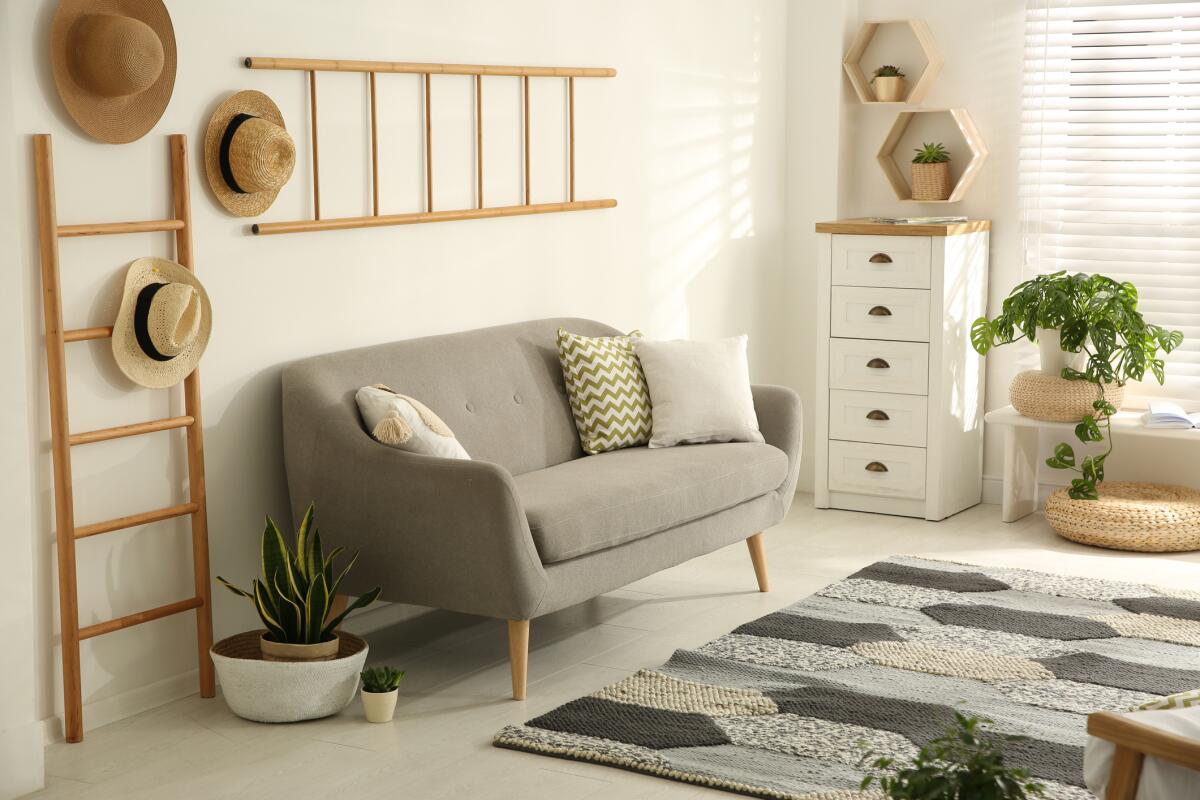
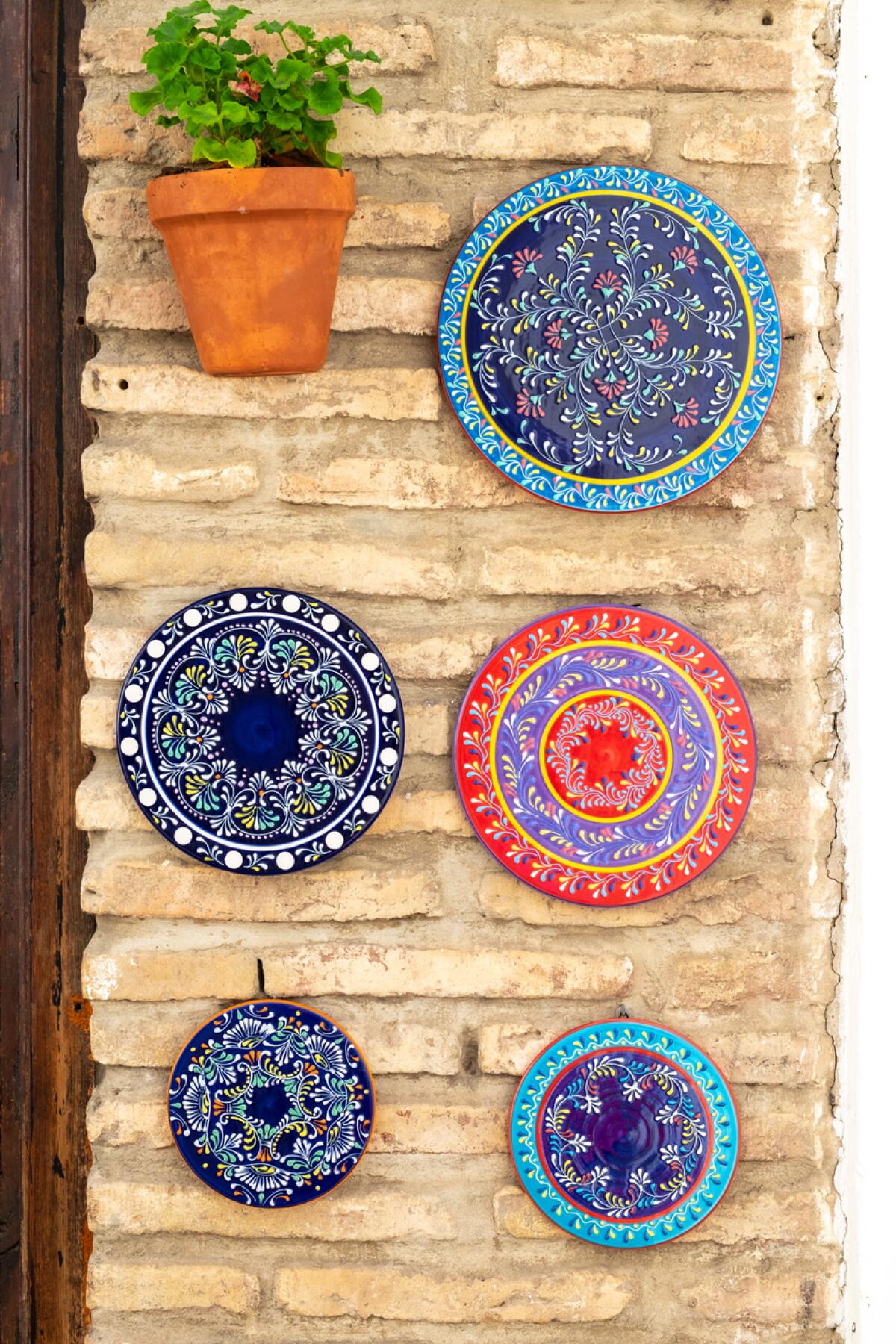
- Depending on your collection, your style and your available space, be bold and dedicate an entire wall to your collection. Perhaps it’s a full wall of shelving for vintage toy trains in a den or lunch boxes or vintage Tupperware in the kitchen. It could be your airport gift shop collection of Eiffel Towers in your powder room.
- If your home has little niches or narrow walls between doors, they could be the perfect spot for a vertical collection of hats or purses or teacups.
- While you can actually place your collectibles within an enclosed frame or shadowbox, another approach is to hang them on the wall and surround them within an open frame.
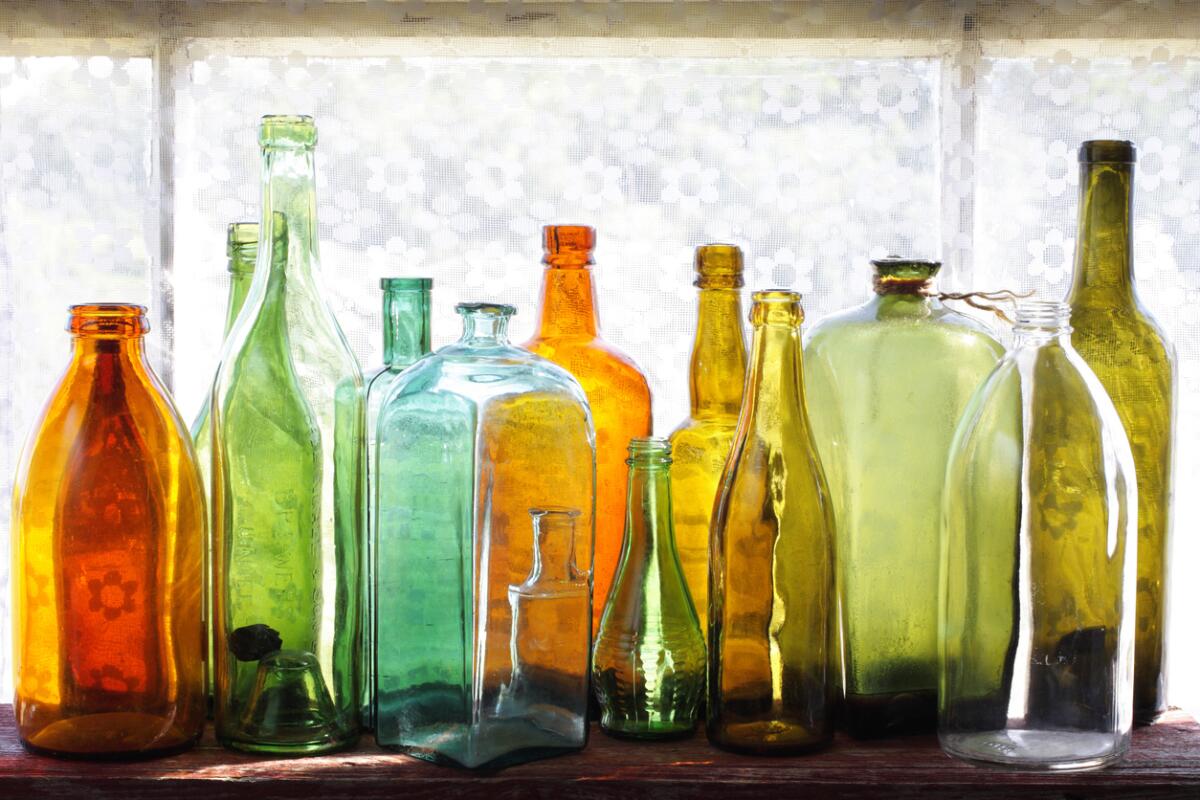
- Consider lighting for your collection — both added and natural light. Different finishes respond to light differently. Wood, noted Kuhlmann, highlights differently than glass. Depending on where you focus light, it can cast shadows that obscure objects. And some objects either don’t need lighting or need protection from it.
- Consider your household in the context of your displays. Do they need protection from little hands or paws? Are they in a spot where they can be bumped into and broken?
- If you have a collection that has special meaning — from a beloved relative or your travels — a nice touch could be adding a framed note or postcard related to the collection.
- Walls are a common spot for displaying collections, but don’t forget entry tables and desks or glass-door kitchen cabinets. You can even use large baskets underneath tables or beside furniture to place objects with textural interest.
- Make use of apps such as Pinterest and Instagram for design inspiration.
“Remember that you’re living in a home, not a consignment shop,” Kuhlmann advised. “Your collection should fit in with your life and the other things in your home.”

However you choose to display your collections, Raj Swenson said, “do it for yourself, not for other people.”
“Whatever you’re collecting,” she said, “displaying should be whatever brings you the most joy. Pick pieces that speak to your heart and that tell a story. You can’t go wrong when there are emotions behind something.”
Golden is a San Diego freelance writer and blogger.
Get U-T Arts & Culture on Thursdays
A San Diego insider’s look at what talented artists are bringing to the stage, screen, galleries and more.
You may occasionally receive promotional content from the San Diego Union-Tribune.


